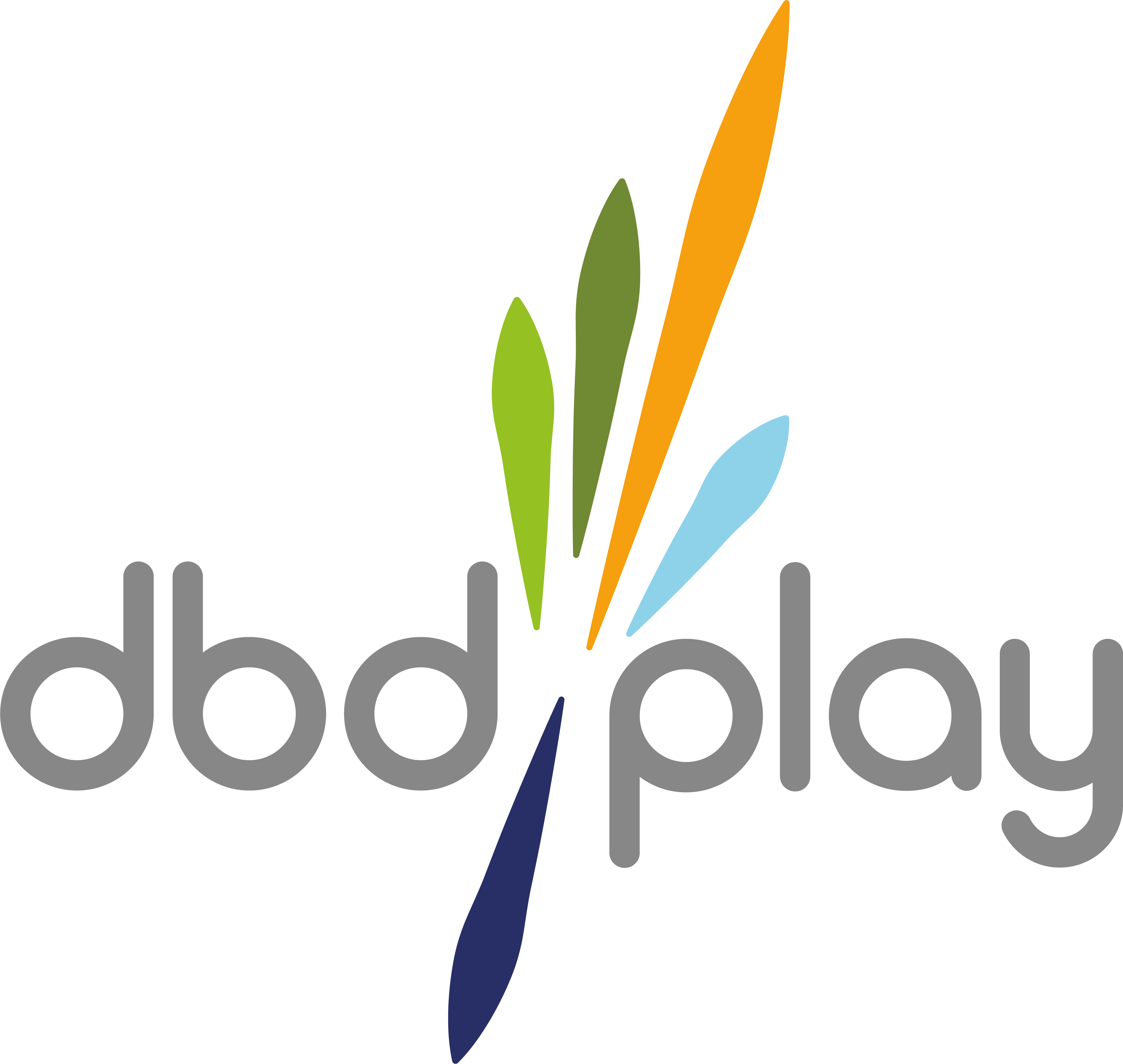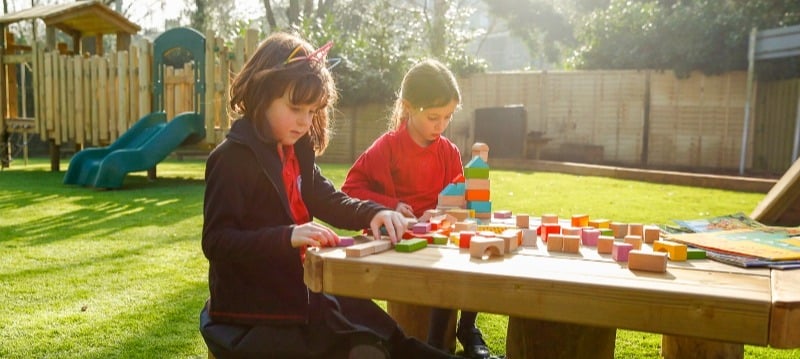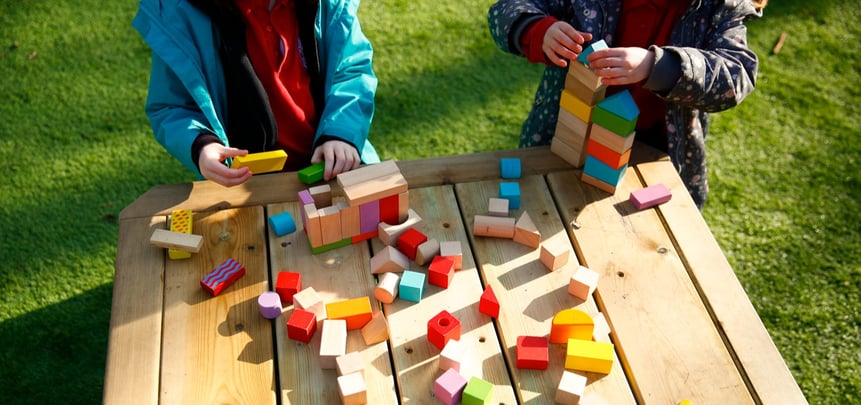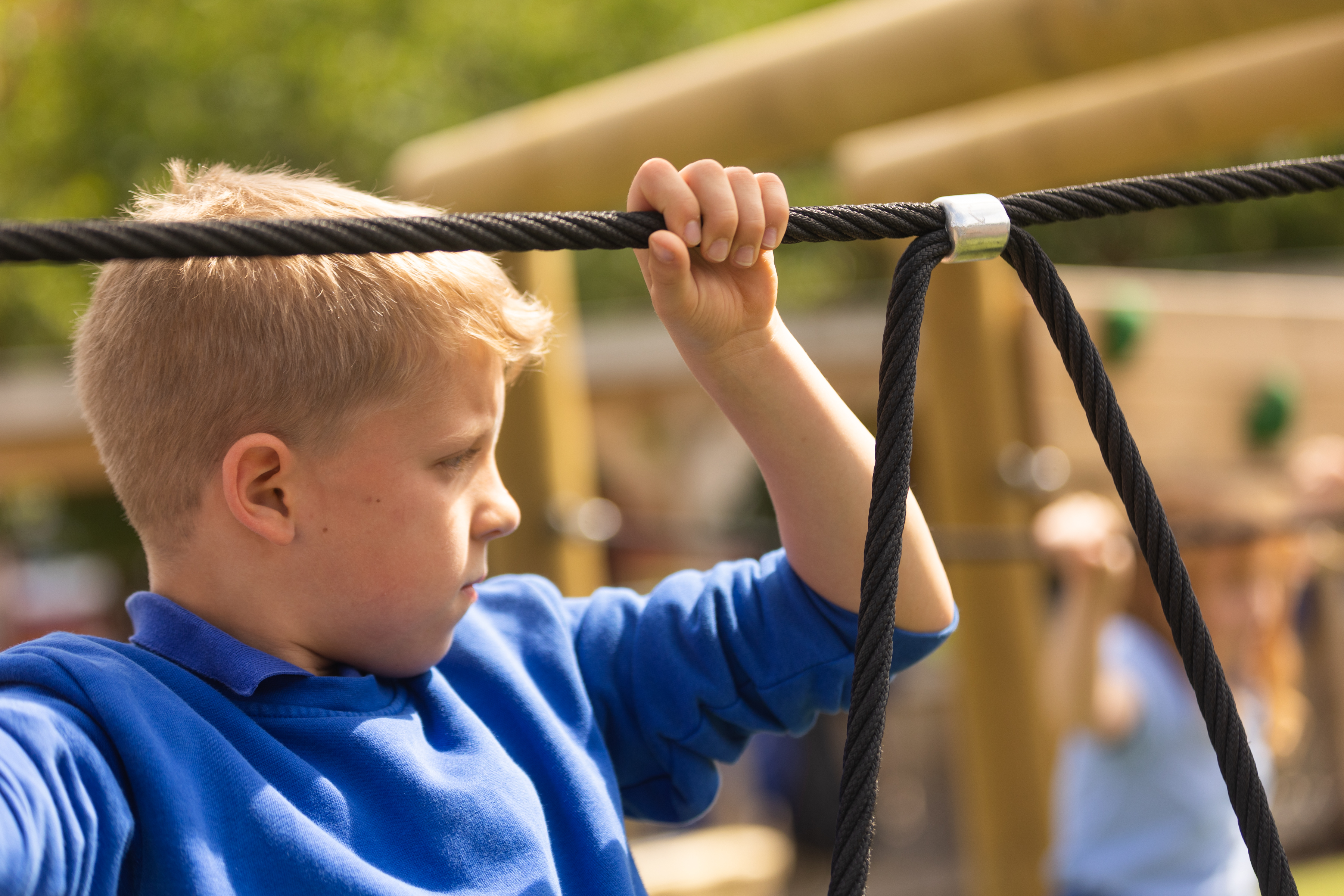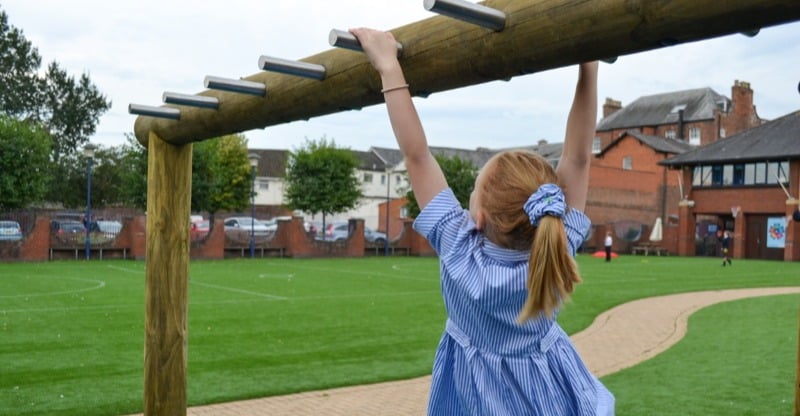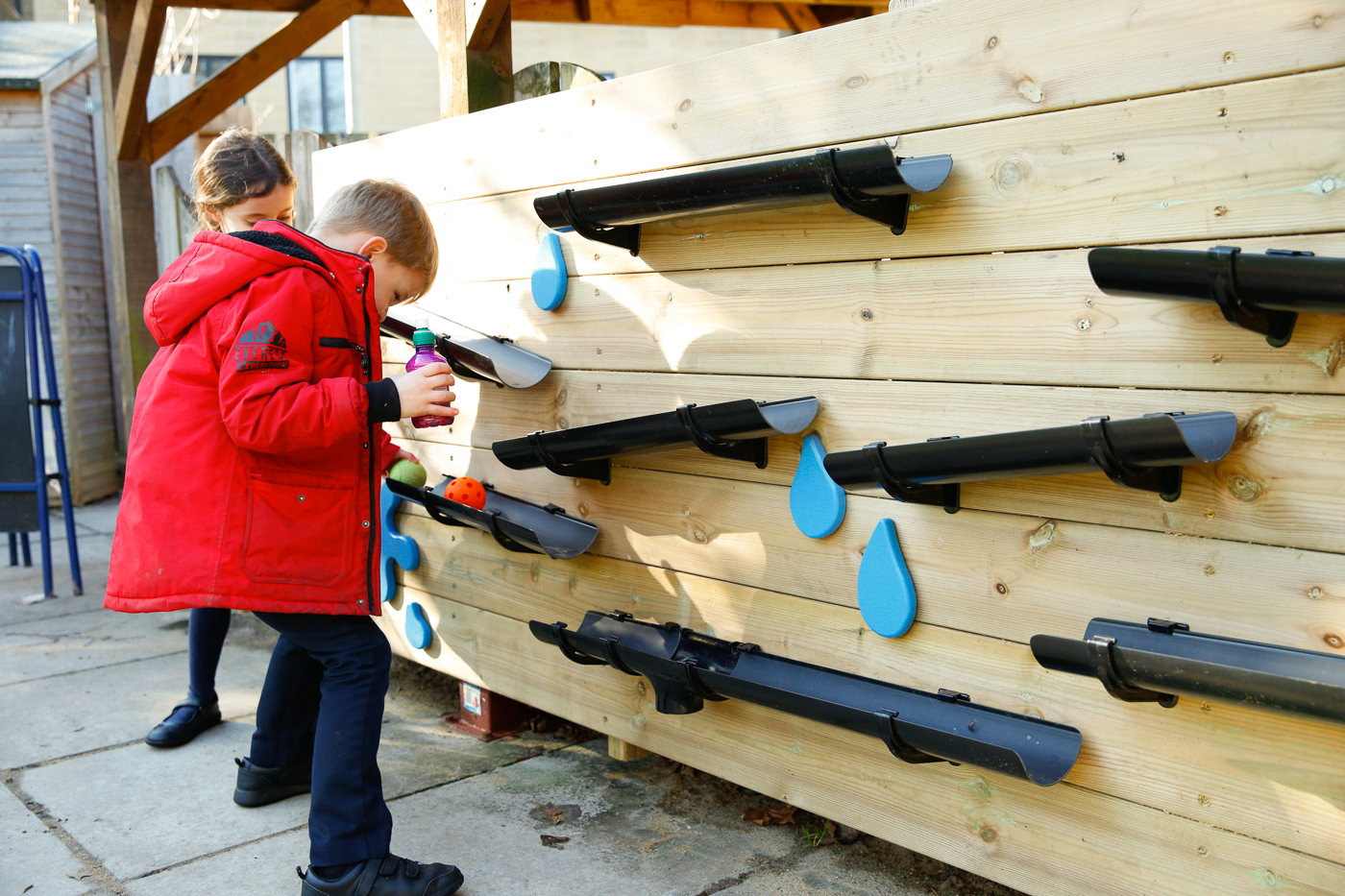Constructive Play offers children multiple education benefits - especially during their early years. It is a chance to allow children to be children, benefiting their mental health and well-being.
Constructive Play should be encouraged and supported in the Early Years setting in particular, as it is the best possible preparation for later achievements. Providing adequate time each day for play and continually changing, combining, and adding new and more complex materials, both indoors and on the playground, are the best ways to support Constructive Play.
What is Constructive Play?
Piaget’s Stages of Play
Children’s cognitive development theorist Jean Piaget stated that children engage in types of play that reflect their level of cognitive development: functional play, constructive play, symbolic/fantasy play, and games with rules.
- Functional Play
Functional Play is more physical play, like running, sliding, jumping, dumping out a box of toys, and experimenting with the world through their senses. This type of play is prevalent during the sensorimotor stage between the ages of 0 and 2. This stage of play ends between the ages of 2 and 4. From here children will move from just moving blocks around and tossing them to stacking them and starting Constructive Play.
- Constructive Play
In this stage of play, children want to play with toys and other objects to accomplish a goal. For example, using wooden blocks to build a tower. Children tend to play this way between the ages of 3-7 years old. This can be encouraged by making sure children have materials to create and build with in their play area.
Eventually, they will start mixing in some Fantasy Play with their Constructive Play. Instead of using blocks to build a tower, they might use blocks to build a little town and drive cars around their block buildings on imaginary roadways.
- Symbolic/Fantasy play
During the Fantasy or Symbolic stage of play, children play make believe games and role-playing games. These games can be fantasy themed like princesses and knights or they can be role-playing games like playing teacher, police officer, or mum and dad.
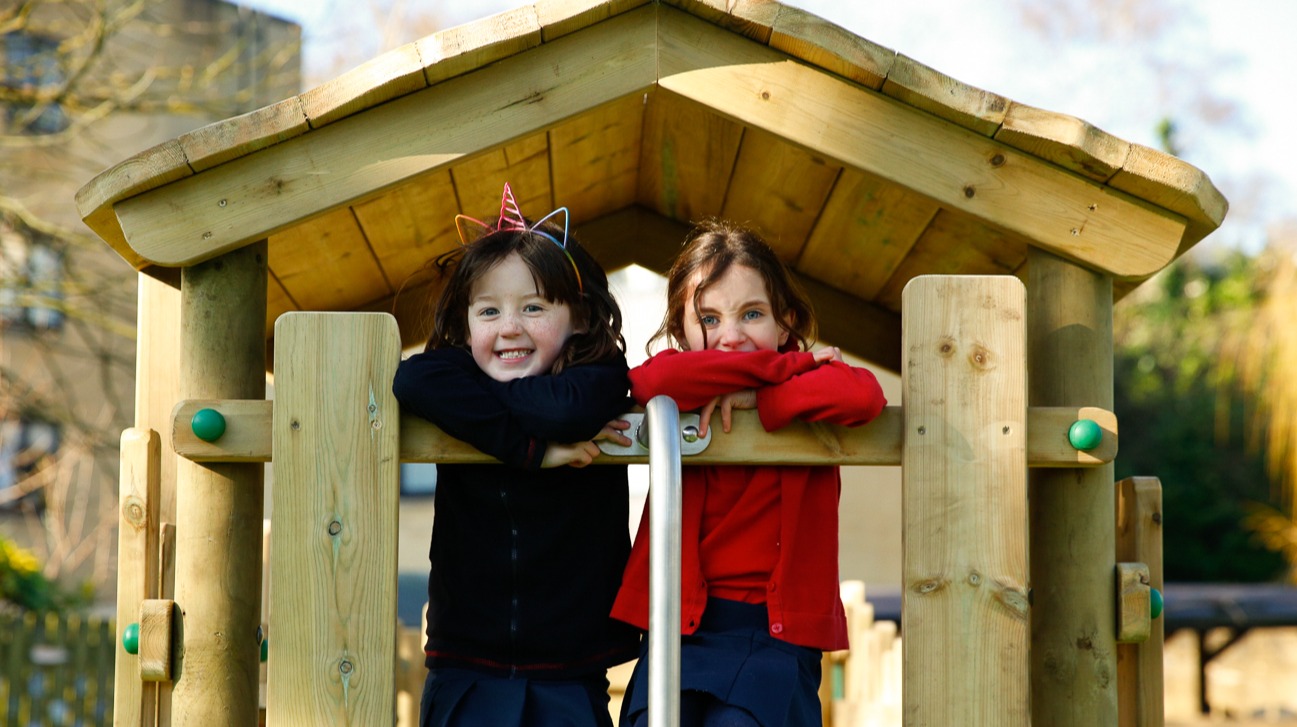
The best way to support and encourage your child during this stage of imaginative play is to give them dress-up clothes and play pretend with them. Often, they will want to tell you what to do during the game. This stage can start from early childhood- around 3 to 4 years of age - and last through to 11 or 12 years old.
- Games with Rules
The last stage of play is Games with Rules. During this type of play children play games with friends that have present rules like tag or hide and seek. This can also include board games and video games.
During this stage children understand how to follow rules and if someone breaks the rules there are consequences in the game. They understand ideas like cooperation and like being competitive. These games usually begin around the age of 7 and continue through adulthood.
Why is Constructive Play important?
Piaget saw Constructive Play as a transition from functional to symbolic play. Children will have to explore a range of materials to learn how to effectively use them before children can begin to construct.
Experimenting through their senses, children can investigate and discover and see what they can do. This helps prepare children for constructive play. Children learn to manipulate materials to achieve a desired outcome, and this can provide them with a great sense of achievement.
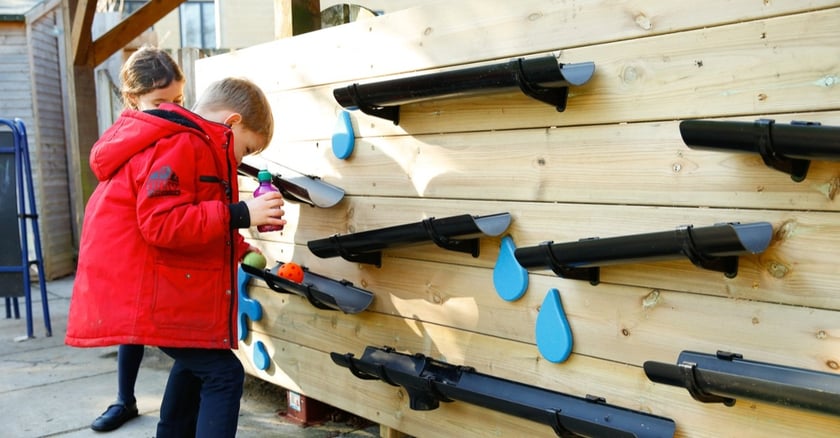
When a child engages in Constructive Play, it helps them to develop problem solving skills, social skills and improves their fine motor development. This open-ended play allows them to grow and develop to their full potential, by thinking independently and making decisions based on what they are learning.
How can adults support Constructive Play?
Young children often gravitate towards Constructive Play when given a choice in and out of the classroom.
Providing inspiring materials is key to promoting Constructive Play. These can be a mixture of recycled materials and play equipment designed for purpose.
Some examples of stimulating, open ended materials include:
- Unit and hollow building blocks
- A woodworking area
- A variety of puzzles
- Mosaic tiles and patterns
- Lego and Duplo
- Sticks and stones, leaves, bark, and other natural materials
- Sand and sand toys
- Water and water toys
- Clay, play dough, and other modelling materials
- Paints, brushes and easels, chalk, crayons, stencils, drawing tools, and other art materials
- Car tires (bias and clean)
- plastic cups and other stacking materials.
Particularly when providing opportunities for constructive play for EYFS, make sure to consider which materials will be the most suitable for the children's safety and motor skills ability.
Allowing children the time and space to play and explore with these materials builds their ‘can do’ attitude, develops their independence and self-esteem.
What else can Constructive Play promote and develop?
- Problem Solving
Constructive Play can develop problem solving skills by using the trial-and-error approach and learning through first-hand experiences. Children can build a ‘can do’ attitude by overcoming problems and realising what will and will not work in their favour. For example: "the blocks fall over more when I stand them on their ends, so I can make my building more stable by laying them flat."
- Creative Thinking
Constructive Play can help enhance creative thinking skills, as children develop the ability to create structures and patterns. This form of play teaches children to ‘think outside of the box’. Allowing children to be creative is a necessity in education.
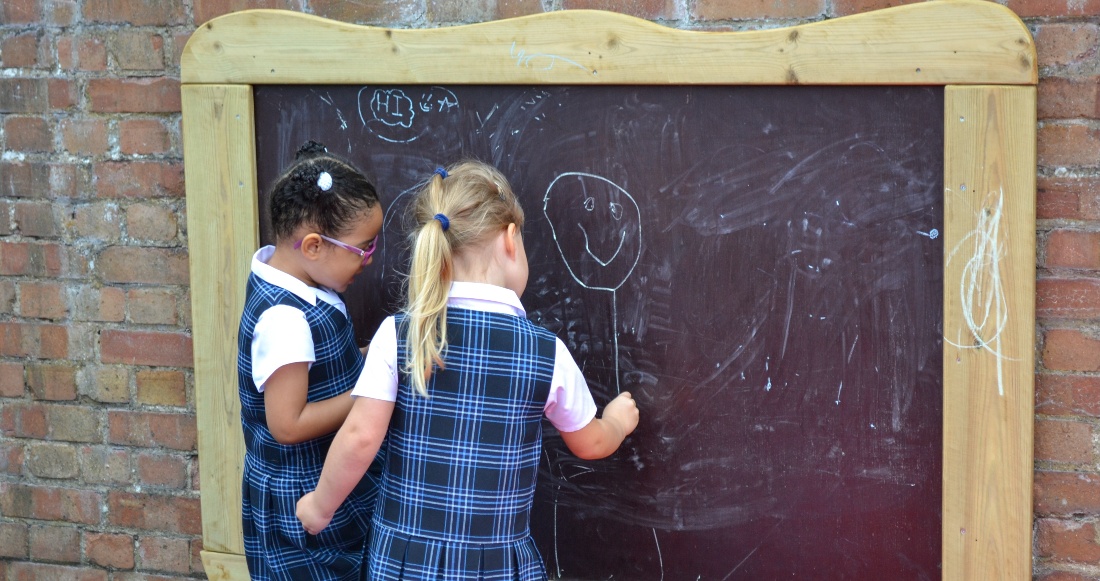
- Fine Motor Skills
Picking up construction materials, such as during block play, will help develop small muscles in hands and fingers. This will help to enhance fine motor skills.
- Cooperative Play
Constructive Play helps children to cooperate with each other to complete tasks. This could be passing puzzle pieces to each other, asking for help to carry larger construction materials, or asking for opinions. This will develop their social and cooperative skills.
In Summary...
Children who are comfortable in manipulating objects become good at manipulating words, ideas and concepts. For this reason, Constructive Play develops imagination and problem-solving skills. Construction gives children a sense of accomplishment and can improve self-esteem.
Constructive Play helps children develop concentration levels as construction activities leads them into being focused and wanting to stay until the task is complete. While playing and building, towers fall, and constructions have to be rebuilt or modified. Children will learn patience to start again, improving their concentration and ability to stick to a task.
Lynzi Tiner, Early Years Educational Advisor.
Originally published Mar 14, 2022 12:38:35 PM , updated January 30, 2024
